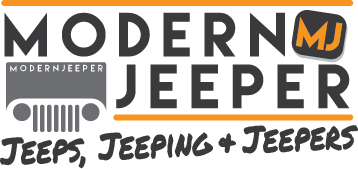


A special report from Business Insider:
It all starts at the body shop. A body shop robot transfers the door of a Jeep Wrangler into the laser welder. At another part of the factory, multiple robot arms weld the frame. After that, the Wrangler moves on to the paint shop. Here, the Wrangler receives its first coat of paint. Paint shop robots also apply a clear coat to protect the paint. They use a buffer to wax the car and remove any imperfections.
The Wrangler then moves to general assembly. Employees move the powertrain off of a carrier using a hydraulic arm. They will then lower the powertrain into the Jeep’s chassis. Back on the line, an employee adheres the iconic Jeep badge and Wrangler decal to the body. The chassis is placed on a carrier that rotates to provide access to the roof of the Wrangler. This creates the most ergonomically friendly workspace for employees. An employee installs a header panel, the frame that the headlights and the grille mount to, while another secures the mirror mounting bracket.

Next, a robotic arm lifts the Wrangler chassis and places it on a different part of the line. Jeep says the arm, which weighs 3000 pounds and has a reach of around 12 feet, is easier to maintain than a conveyor system. As the body moves down the line, another robot preps the front windshield with urethane. This will allow the windshield to bond to the chassis. Another robot grabs the windshield and presses it to the chassis.
Next, an employee carefully navigates the instrument panel around the metal frame and installs it at the front of the Wrangler. Further down the line, employees install the iconic seven-slot grille.
This next step is called body and chassis decking. At this station, the Wrangler body is married to the frame. At another part of the factory, an employee uses an ergonomic arm to transfer a hardtop roof for a Wrangler to a battery-powered, autonomous cart. This automated guided vehicle, or AGV does a lot of the heavy lifting. It can travel up to 150 feet per minute and are accurate within a quarter of an inch of their target. This AGV will taxi the hardtop to the line, where another employee is waiting to seize the hardtop roof and drop it on the body.
Then, an employee uses a hydraulic arm to gently position a door on the Wrangler. Wheels are then lifted onto studs on the chassis. A robot with a five-pronged wrench screws the lug nuts into place. The Jeep Wrangler is now fully assembled and goes off for a final wash. Finally, employees drive the finished Wrangler off the factory floor.
####





![MJ Destinations: 3 Days in The Mojave National Preserve – Day Three [BONUS MAPS]](https://i0.wp.com/modernjeeper.com/wp-content/uploads/2024/02/Mojave-Day3-48-scaled.jpg?resize=70%2C70&ssl=1)






